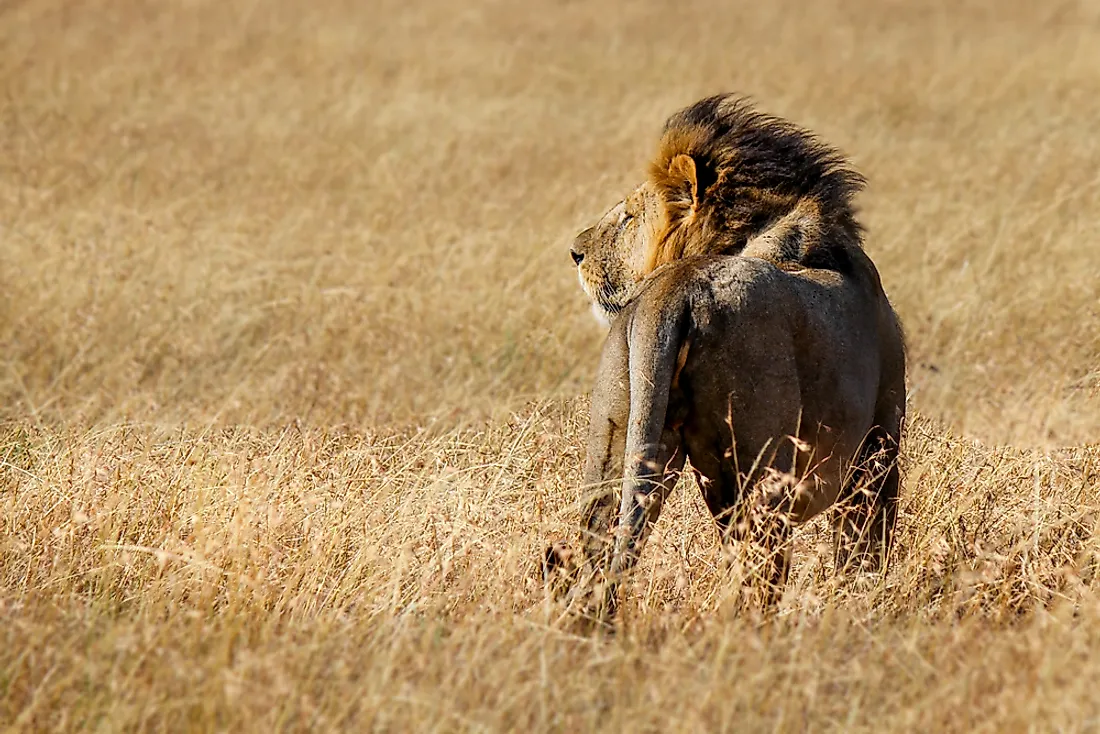How Many Lions Are Left in the Wild?

Apart from being termed as the kings of the jungle, lions are among of the most treasured and respected species in our planet. Initially, lions were found in a more significant part of the African continent with some existing in India, Greece, and some parts of the Middle East. However, lions have decreased in number over the years due to the destruction of their habitats – currently, lions are only found in Africa. Although lions were evenly distributed in the continent, they are now found just in the eastern and southern Africa and some parts of the south of Sahara desert.
According to Panthera, a hundred years ago, there were more than 200,000 lions in Africa. Lions have dispersed in approximately 90% of their habitats; currently, the total count of lions in Africa is approximated to be 20,000 lions in only 26 African countries. However, according to the International Union for Conservation Nature (IUCN) Red List, the total number of lions in the wild is approximated to be between 20,000 to 39,000. This can be taken as a slightly relieving report to lovers of this amazing species, but it is clear that no matter the estimate, the number of lions left in the wild is considerably low. The reduction in the number of lions has been attributed to various factors.
Factors Influencing a Decrease in the Lion Population
One of the primary reasons identified by the IUCN and the Panthera for the massive reduction in the number of lions is the loss of habitat. Most of the African countries are developing, and the population is increasing at an alarming rate, which has made most of these countries to reclaim some of the natural habitats and convert it for agricultural purposes. According to the IUCN report, the lions existing in the Western countries are highly endangered, and if nothing is done, these species may become extinct sooner than expected.
The growth in the African population has created a competition like a manner for the humans and the lions. Multiple cases of lions attacking livestock have been reported in most of the African countries. The number of livestock that lions feed on is very costly and can even affect the economy of some of these African countries. For instance, lion predation in Kenya can cause a net loss of $290 in a year, given that such a state only manages a gross national income per capita of only over $1,110 annually. This situation is therefore considered as a massive loss. Farmers attack these lions and even kill them out of fear so that such attacks don’t occur again in the near future; this has resulted in a massive decrease in the number of lions.
Another factor influencing the reduction in the number of lions is poaching and commercial hunting. This activity has been fueled due to the growth of international trade. A report produced by the Born Free Foundation indicated that the number of lion’s body parts and even live lions being exported from the continent of Africa doubled between 2009 and 2013.











